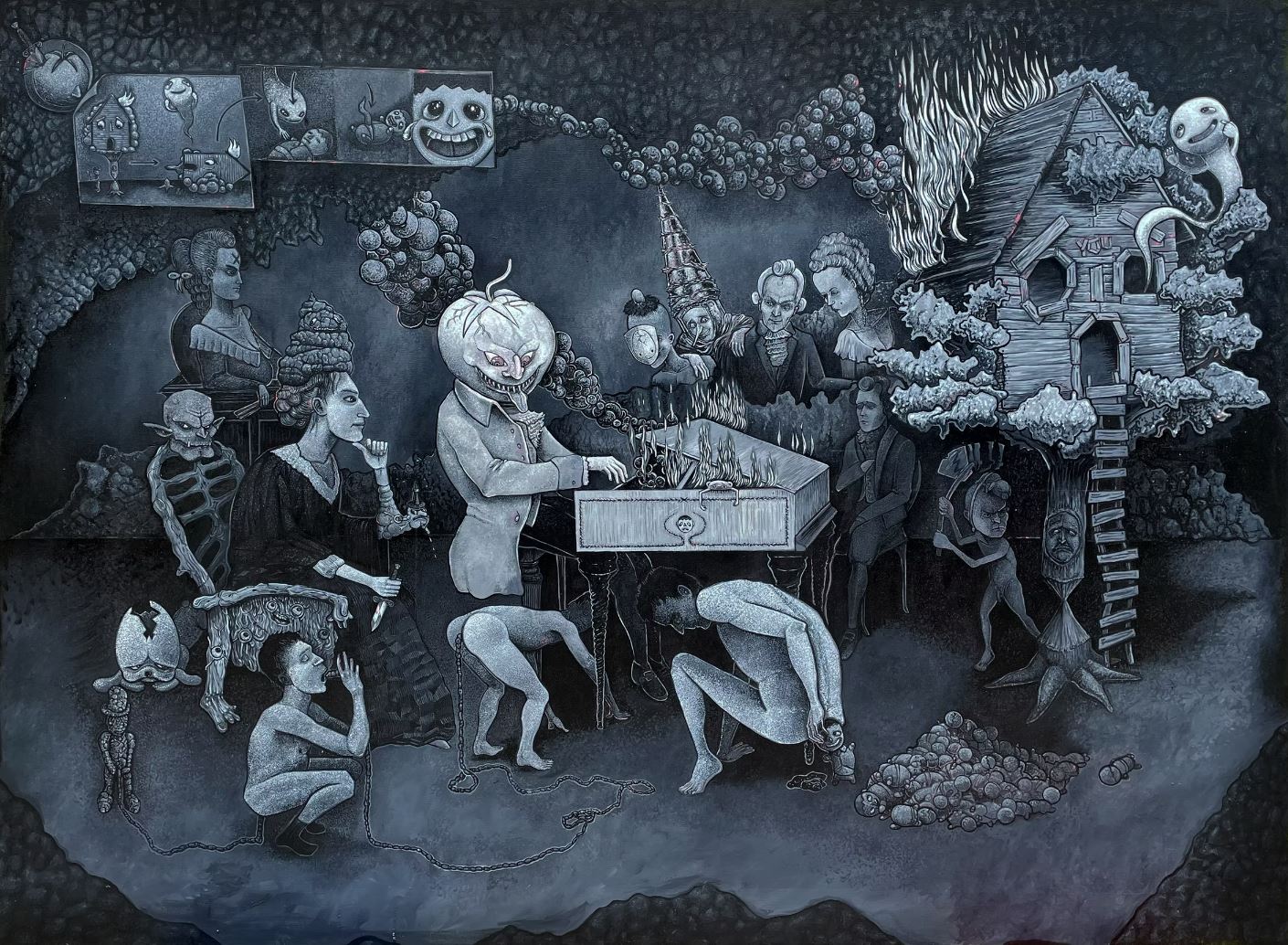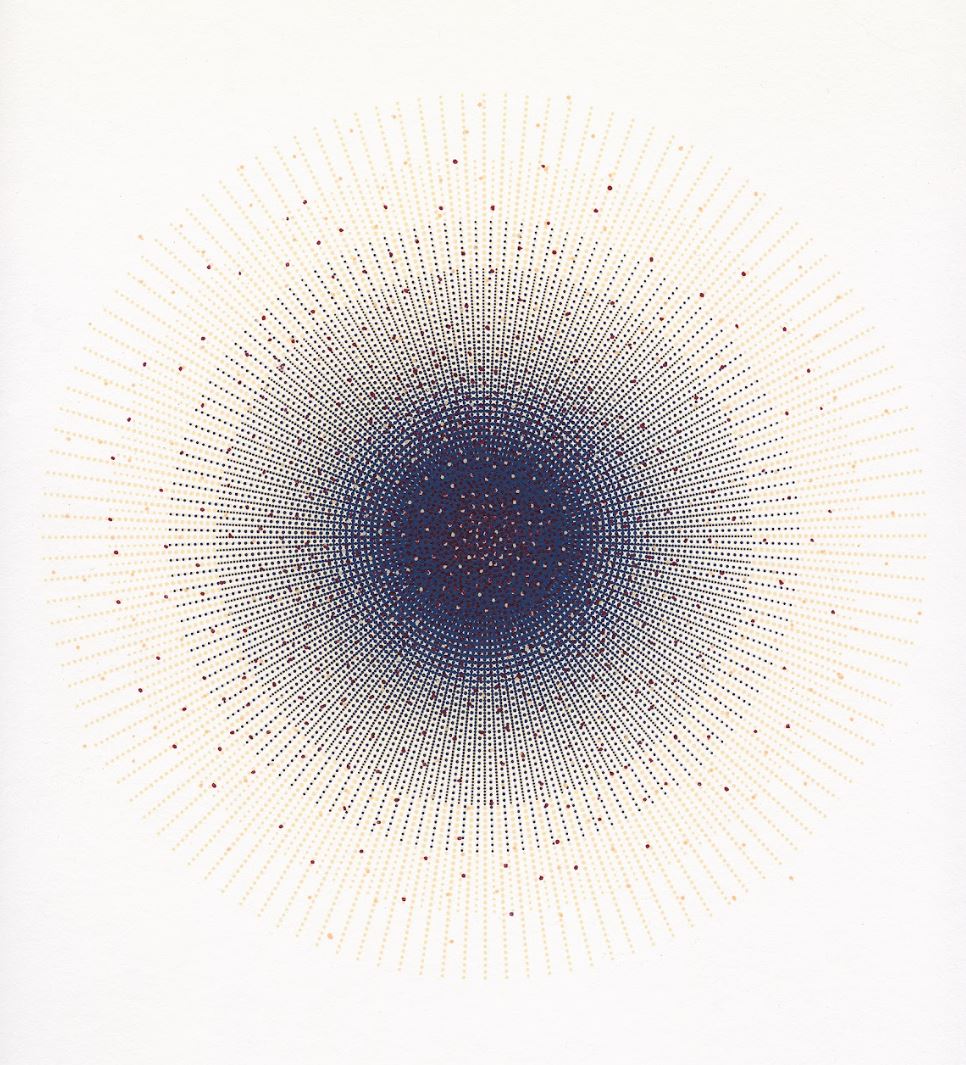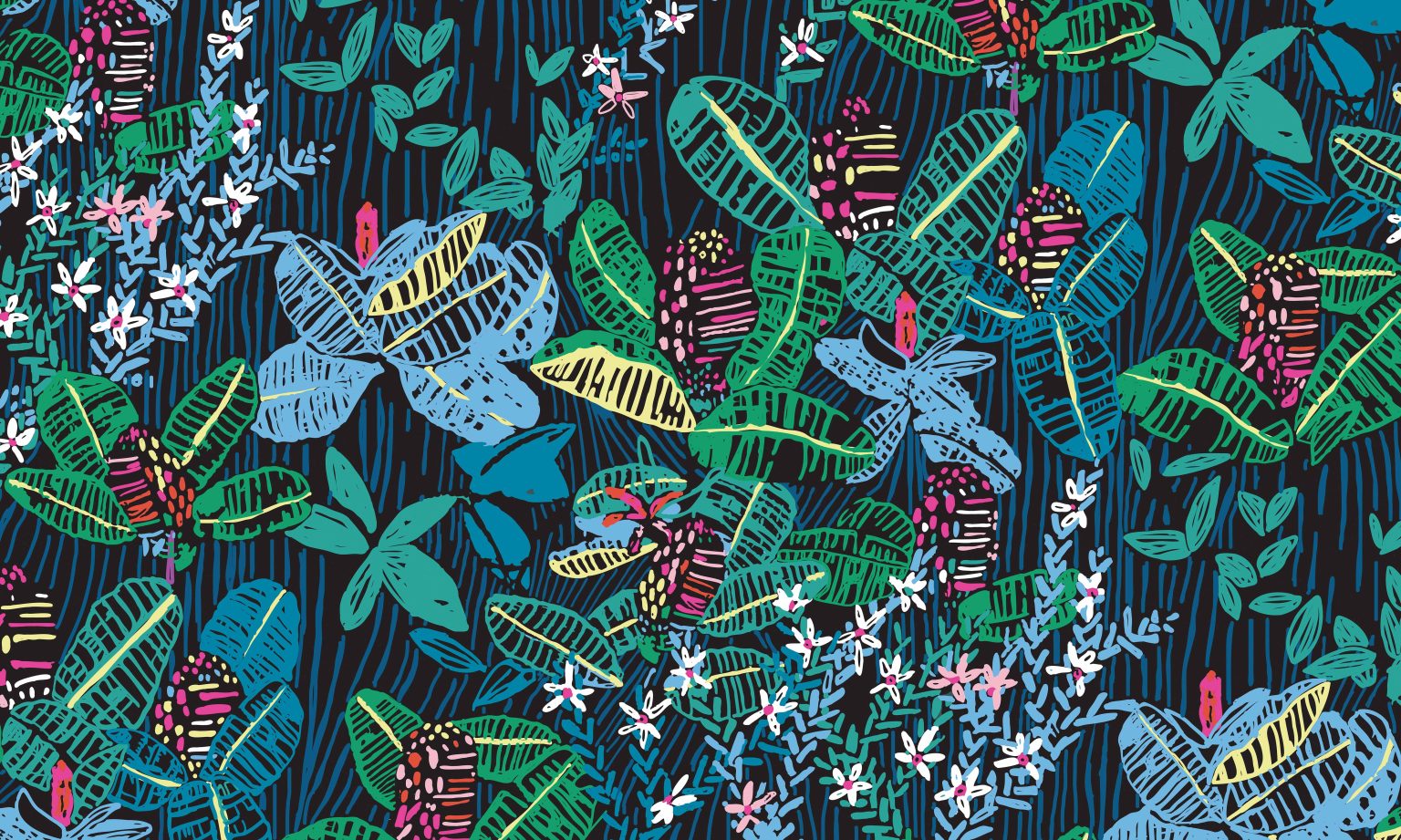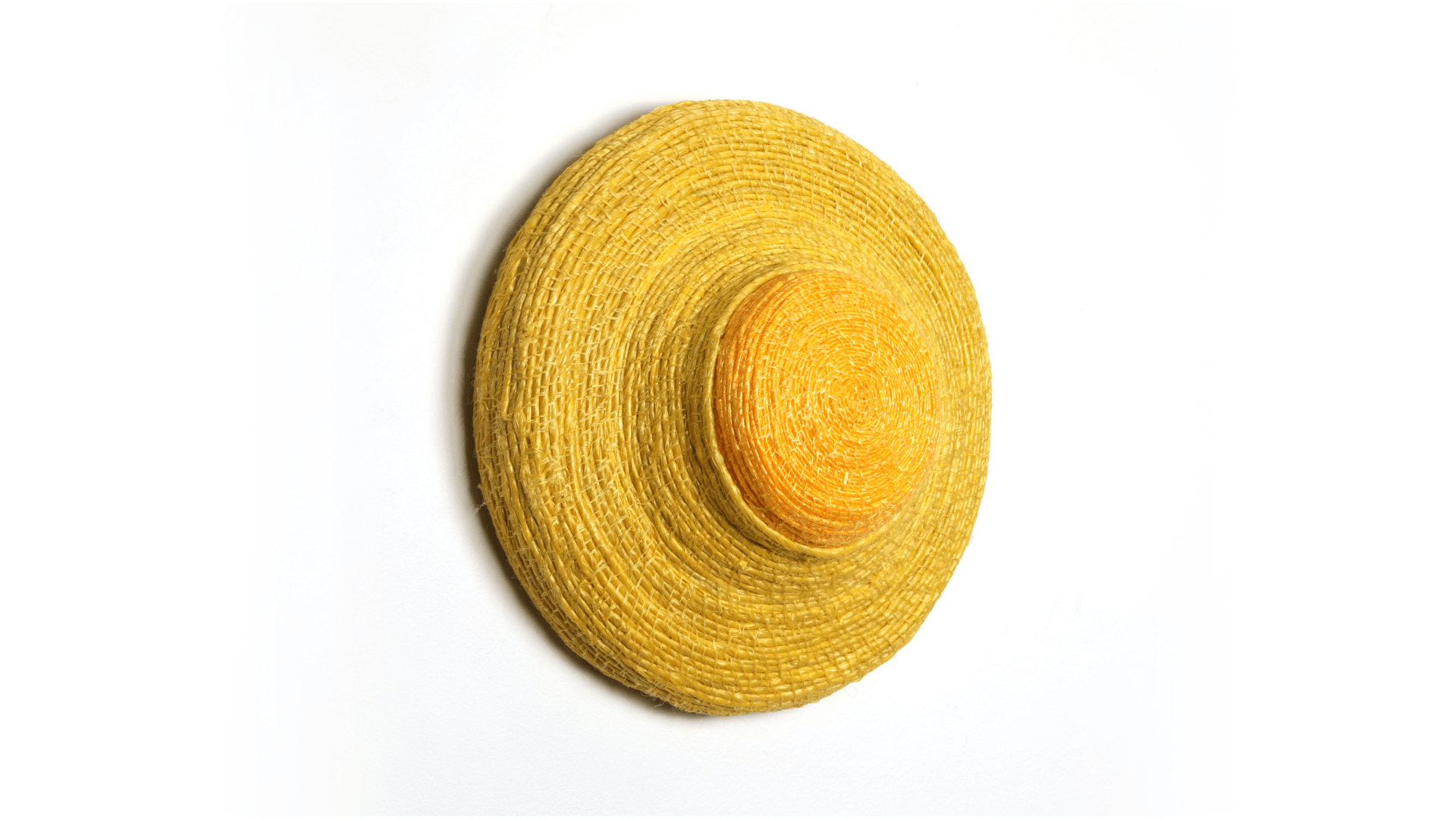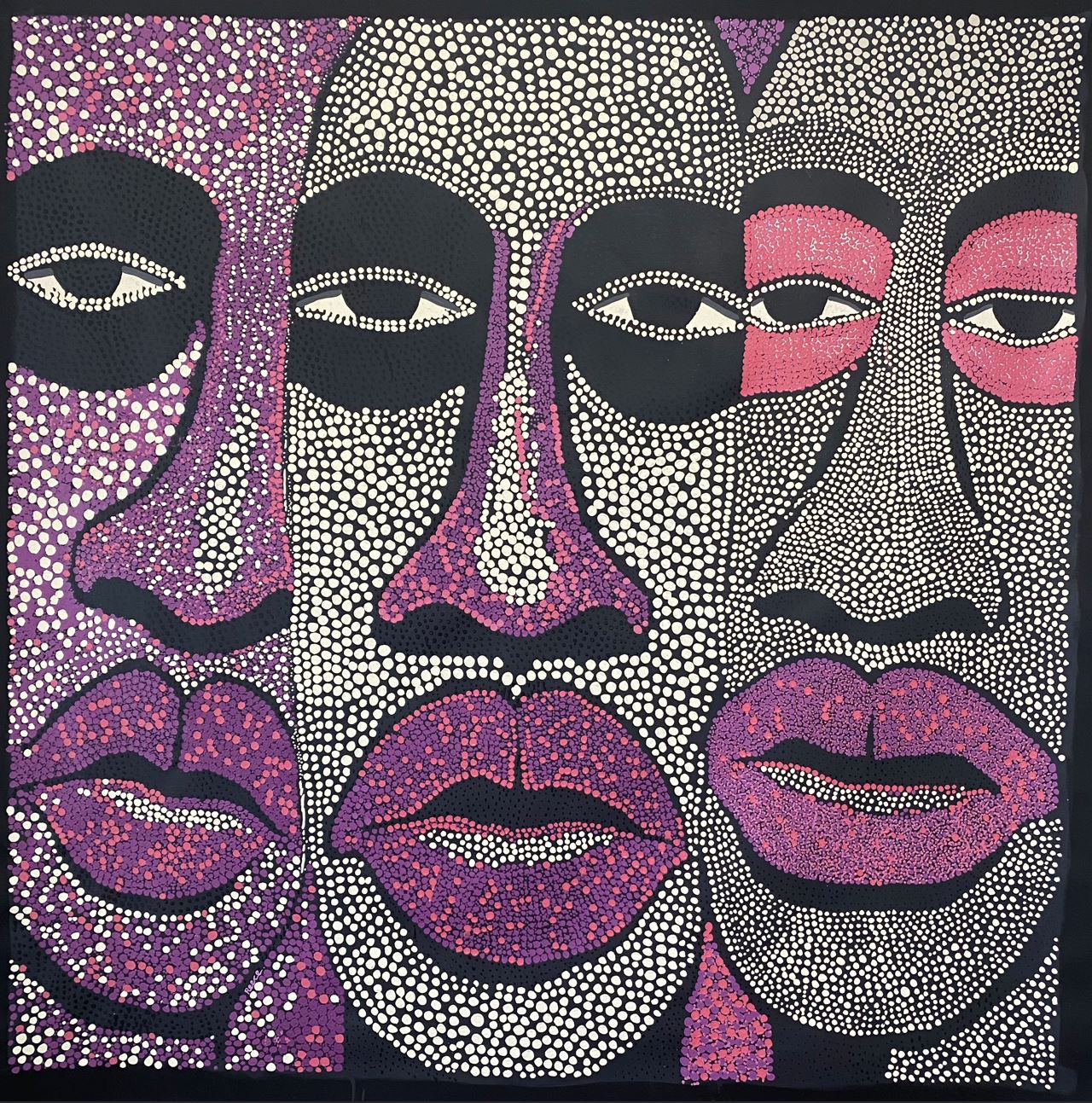While we are showing Peter Kennedy’s light sculptures from 1970, we will screen A Film of Real Time, which documents a parallel instance of pioneering light art from across the ditch. As a sculpture student at Auckland University’s Elam School of Fine Arts, Narbey was commissioned to create Real Time, a full-gallery interactive-light-sound installation, for the 1970 opening of the Govett-Brewster Art Gallery in the small town of New Plymouth. Narbey filled the entire gallery, a former cinema, with flashing lights, reflective surfaces, fields of streamers, and noise. Artist Paul Hartigan, a high school student at the time, recalls: ‘It was a mesmerising mix of flashing fluorescent tubes amongst a sea of reflective black plastic, buzzing neon tubes and sodium vapour lamps, all creating an eerie unnatural phosphorescent light-and-sound environment. This was my first introduction to neon, and I was sold. It got into my blood!’ (Hartigan would go on to work extensively in neon.) These days in art we take scale, interactivity, and spectacle for granted, but back then it very new, especially to small-town audiences expecting pictures in frames. Real Time forever branded the Govett-Brewster as New Zealand’s hippist art gallery. Narbey’s film not only documents his installation, it translates it into the language of film, exploiting the possibilities framing and cutting to create analogous effects. Narbey went onto become an acclaimed cinematographer. A Film of Real Time screens as part of Artificial-Light Films, a joint project with OtherFilm.


